Innovations for Educational Facility Design
Water Consumption and Capture
Even more powerfully integrated is the science classroom setup at the Bertschi School in Seattle, where San Francisco's KMD Architects planted an indoor green wall and cut a diminutive, sculptural "river" into the floor of its new Living Science wing. When it rains, the glass-topped channel, bordered by ornamental fish icons, flows with water. More than an artistic gesture, the curving channel calls attention to the rooftop's slope, the underground reservoir where rainwater is held, and the relationship of humans and climate.
"Water use is an area where schools are witnessing dramatic improvements, largely due to increased awareness," says Zinder, an adjunct professor at the New Jersey School of Architecture, whose eponymous firm recently designed a truck-wash facility for Rutgers University that uses 100% reclaimed water. "Innovative water use and water-conservation techniques are often used to meet state regulations as well as green-building certifications. But rain gardens and other conservation techniques, including renewable energy, are being used as educational tools and practical examples in science and technology classes."
As regional influences take greater sway on sustainability and educational approaches, school projects in the Southwest are becoming models of water conservation. At Arizona State University's twin-towered student residence, Taylor Place, water efficiency measures resulted in a 43% savings over baseline for similar projects in downtown Phoenix. In addition to the typical low-flow fixtures, says Jeff Stanton, AIA, LEED AP, sustainable design leader at SmithGroupJJR's Phoenix office, "We're implementing strategies to capture and utilize condensate collection and cooling tower blow-down water for both landscape irrigation and flushing of toilets."
IEQ and the Indoor Environment
Other techniques are less about direct teaching and more about indirect benefits. Daylight and outdoor views carry weight in both CHPS and LEED – and educators aren't complaining about the light-drenched interiors and framed vistas. LEED for Schools awards one point for daylighting achieved in 75% of classrooms and core learning spaces; for reaching 90%, the project earns two points. If 75% of "other regularly occupied spaces" are daylighted, a bonus point is given. The views point is earned when 90% of all regularly occupied spaces offer direct lines of sight to the outdoors through glass between 30 inches and 90 inches above the finished floor.
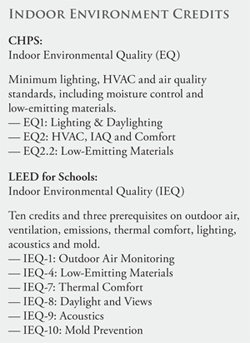 Teachers are sold on the benefits of daylight and outdoor views, a stark change from the 1960s and 1970s, when "schools without windows" reflected the commonly held belief that students apply themselves harder and daydream less under those circumstances. Still, groups such as Lawrence Berkeley National Laboratories have cautioned against drawing "firm conclusions...about the influence of daylight or outdoor view on school work performance." Architects and their clients see these amenities more as requisites for a humanistic, inspiring learning environment.
Teachers are sold on the benefits of daylight and outdoor views, a stark change from the 1960s and 1970s, when "schools without windows" reflected the commonly held belief that students apply themselves harder and daydream less under those circumstances. Still, groups such as Lawrence Berkeley National Laboratories have cautioned against drawing "firm conclusions...about the influence of daylight or outdoor view on school work performance." Architects and their clients see these amenities more as requisites for a humanistic, inspiring learning environment.
"Outside views and outdoor learning spaces are additional innovations to provide a sense of community – not only within the school but also for the purposes of engaging with the greater community," says SmithGroupJJR's Stanton. Often, however, "programmatic and functional issues" make it difficult for all perimeter spaces to take advantage of daylighting, he adds, meaning more use of light wells, light-refracting tubes and atriums.
 |
For a renovation of the Central Carolina Technical College Health Sciences Building in Sumter, S.C., practice labs are open to daylighted common areas and corridors by using 1-hour fire-rated glass and framing. The architects, LS3P Associates, worked to match an existing interior storefront system with the fire-rated partitions. Photo courtesy of LS3P Associates |
Notice
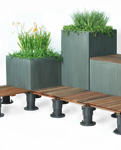
www.BisonIP.com
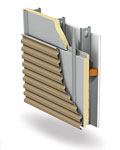
www.buildbetterwalls.com

www.price-hvac.com/sustainable
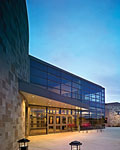
www.sunguardglass.com
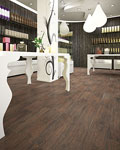
www.floridatile.com
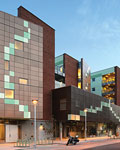
www.dri-design.com
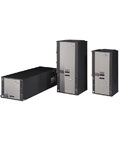
www.climatemaster.com
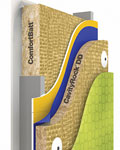
www.roxul.com
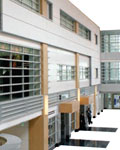
www.safti.com
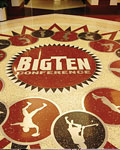
www.ntma.com
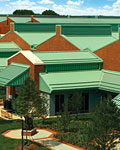
www.PAC-CLAD.com
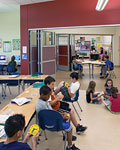
www.Nanawall.com









